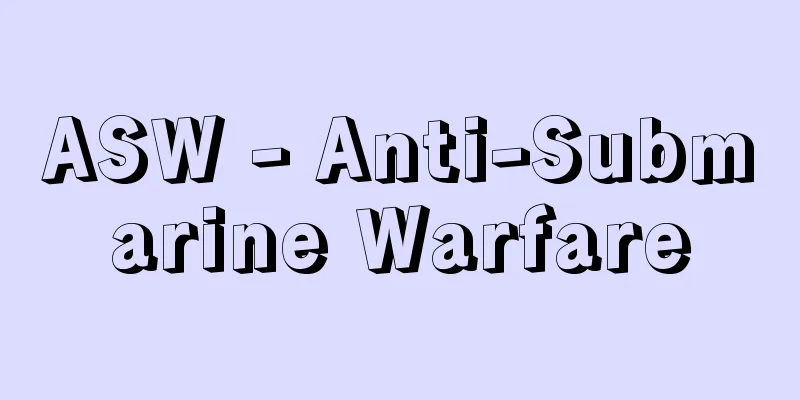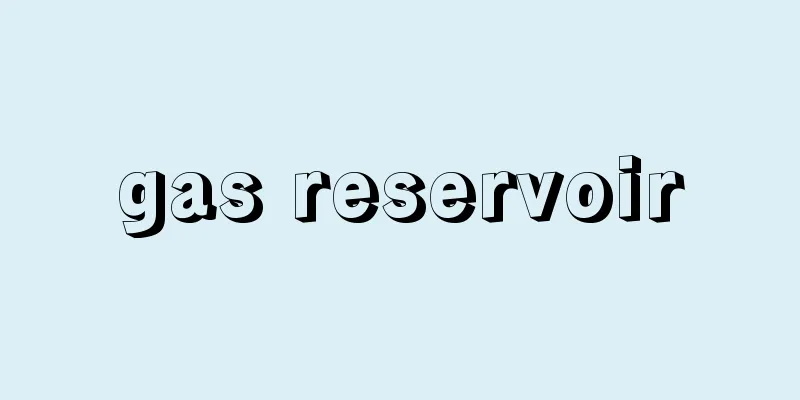ASW - Anti-Submarine Warfare

|
Anti-submarine warfare. It was established as a field of naval tactics in the 20th century, when submarines became a practical combat force and underwater battlefields became the battlefield. In particular, in the latter half of the century, during the Cold War, the navy placed the highest priority on nuclear deterrence missions from the sea using nuclear submarines equipped with ballistic missiles. This was because improvements in nuclear propulsion and shipbuilding technology allowed submarines to operate at deep depths for long periods of time, and because the United States and the Soviet Union allocated a large portion of their strategic nuclear forces to submarine-based strategic ballistic missiles (SLBMs), using the sea as a launch site for nuclear weapons aimed at the enemy. Led by the United States, the Soviet Union, the United Kingdom, France, and China, which possess strategic missile submarines (SSBNs), navies around the world placed importance on ASW, with the primary goal of gaining an advantage in battles against underwater enemies. ASW includes a series of operations to eliminate the threat of enemy submarines, including search, detection, attack and destruction, and its force is made up of submarines engaged in these activities, as well as supporting surface ships and aircraft. While the attacking capabilities of submarines have improved dramatically, opposing forces lack decisive weapons, so ASW is inevitably carried out by combining several weapons, each of which complements the other's strengths and weaknesses. Submarines can be detected by radar when they are surfaced, but nuclear submarines only navigate surfaced in exceptional cases, so [Tetsuo Maeda] [References] | | | | | |Source: Shogakukan Encyclopedia Nipponica About Encyclopedia Nipponica Information | Legend |
|
対潜水艦戦のこと。20世紀の戦争のなかで潜水艦が実戦力化し水中が戦闘の場となったことにより、海軍戦術の一分野として確立した。とくに世紀後半、東西冷戦期の海軍にあっては、弾道ミサイルを搭載した原子力潜水艦による海中からの核抑止任務が、最重要なものに位置づけられた。その理由は、原子力機関による推進力と造艦技術の向上の結果、潜水艦が長期間、深深度潜航で行動できるようになったこと、および米ソ両国が戦略核戦力の大きな部分を潜水艦搭載の戦略弾道ミサイル(SLBM)に割り当て、海洋を相手国へ向けた核の発射場としていたことによる。戦略ミサイル潜水艦(SSBN)を保有するアメリカ、ソ連、イギリス、フランス、中国を先頭に世界の海軍は、水面下の敵との戦いに優位を得ることを第一の目的としてASWを重視した。 ASWは敵潜水艦の脅威を排除するための一連の作戦、捜索、探知、攻撃、撃破のすべてを含んでおり、これらの活動に従事する潜水艦および支援の水上艦艇、航空機によって戦力が構成される。潜水艦の攻撃能力が飛躍的に向上したのに対し、対抗する側に決め手となる兵器がないため、必然的にASWはいくつかの兵器を組み合わせて、その短所、長所を補い合いながら遂行される。捜索は、潜水艦が浮上中であればレーダーなどで発見できるが、原子力潜水艦は例外的にしか浮上航行しないので、 [前田哲男] [参照項目] | | | | | |出典 小学館 日本大百科全書(ニッポニカ)日本大百科全書(ニッポニカ)について 情報 | 凡例 |
>>: Aśvin (English spelling) Asvin
Recommend
Lempira
…Official name = Republic of HondurasRepública de...
Helsinki - Helsinki (English spelling)
The capital of Finland. Population: 559,718 (2001...
Meteorite - spheroid meteorite
〘Noun〙 A type of stony meteorite. A meteorite base...
Hyacinthe Rigaud
French painter. Born in Perpignan in the south of...
Giza
An ancient city located in the northeast of Egypt,...
Matronalia
…In her temple on the northern peak of the Capito...
Mendaña (English spelling) Alvaro de Mendaña de Neira
1542?-95 Spanish navigator and explorer. Born in Z...
Ito-Yokado Co., Ltd. - Ito-Yokado
A general supermarket based in eastern Japan. Foun...
Axillary branch - Axillary branch
…The stems of ferns and flowering plants branch, ...
Horie
[1] An artificial river made by digging the ground...
Norm (English spelling)
In the broadest sense, a standard is one that com...
Kraevskii, AA (English spelling) KraevskiiAA
...The second issue, published between 1839 and 1...
Keihan Electric Railway
A private railway company. Keihan Electric Railway...
Souji
A powerful clan and feudal lord in northern Kyush...
Nogi Maresuke - Nogi Maresuke
Year of death: September 13, 1912 Year of birth: N...









